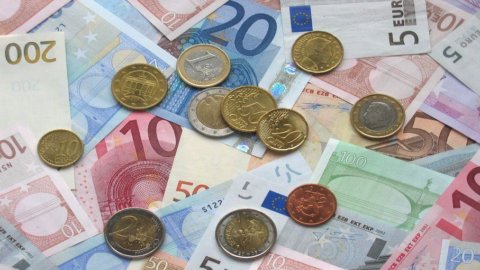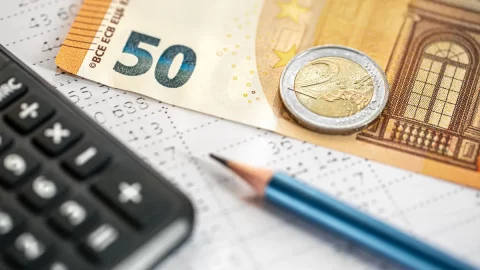In the last seven years, the disposable income of Italian families has remained unchanged, stabilizing at just over 1.000 billion euros. A substantial stagnation has affected gross income from employees, which grew between 2007 and 2014 by just over 4%. The drop in income from capital weighed on the trend in disposable income, which, in addition to interest and profits, includes gross income from self-employment, which fell by almost 5%. Furthermore, families have suffered from the growing burden of taxes and contributions, which have come to absorb almost 30% of total resources.
Between 2007 and 2014, gross wages paid within the Italian economy increased by only 4%, approaching 470 billion euros. During the crisis years, the purchasing power of employees, measured by the average gross salary per unit of work net of price changes, remained unchanged, as a result of a differentiated trend at sectoral level: an increase was recorded in manufacturing and construction, while a drop affected services, penalized by the disappointing trend in the financial and insurance sector and in public administrations.
Within household disposable income, a favorable trend has instead characterized social benefits in cash, mostly represented by pensions. In 2013, expenditure on pensions exceeded 270 billion euros, with an increase of more than 15% compared to 2007, a larger growth than that of the total resources that make up household income. The weight of pensions therefore increased, approaching 20%.
During the years of the crisis, the increase in spending on pensions was accompanied by a drop in the number of pensioners exceeding 380. The average gross income per pensioner has therefore grown, approaching 2013 thousand euros in 17. Between 2007 and 2013, the purchasing power of pensions, measured by the average gross income per pensioner net of price changes, recorded an increase of over 7%, which compares with the substantial stagnation that affected the gross wages.
Attachments: Focus no. 23 – 26 June 2015.pdf





